NFT 2.0 Explained: The New Dawn For Cryptocurrency Worldwide
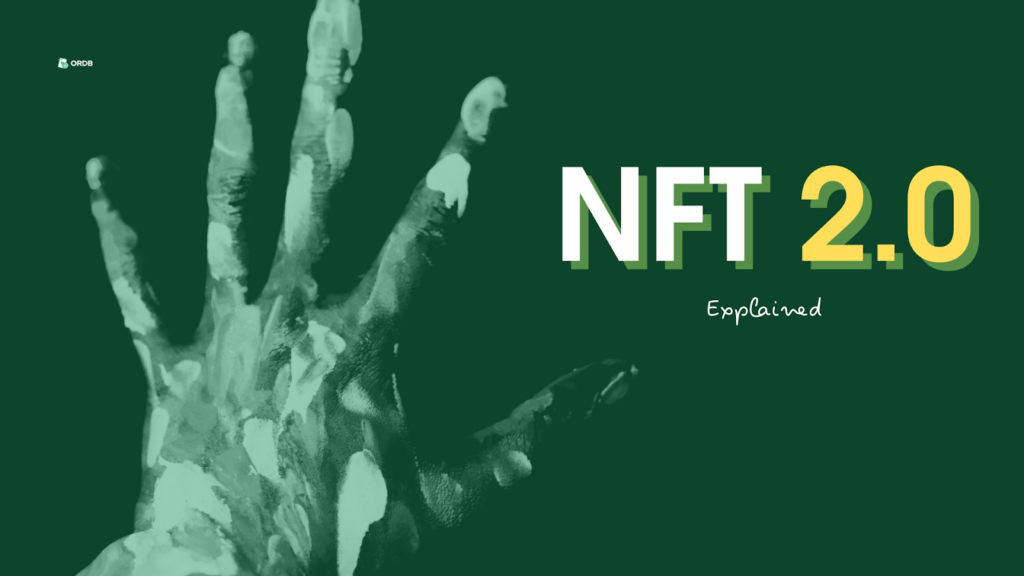
The world of cryptocurrency is extremely dynamic. It constantly evolves into a better version of itself, over and over again, following technological progress one day and even leading it the day after. One crypto-related concept that is especially bold in conquering people’s minds and spirits is NFT or Non-Fungible Token.
In recent years, NFTs have become a sensation only comparable to the worldwide rise of crypto coins, creating a craze that has seen countless positive changes and updates implemented everywhere. More than this, there’s NFT 2.0, and in this article, I will explain why it is better.
The NFT 1.0 Revolution
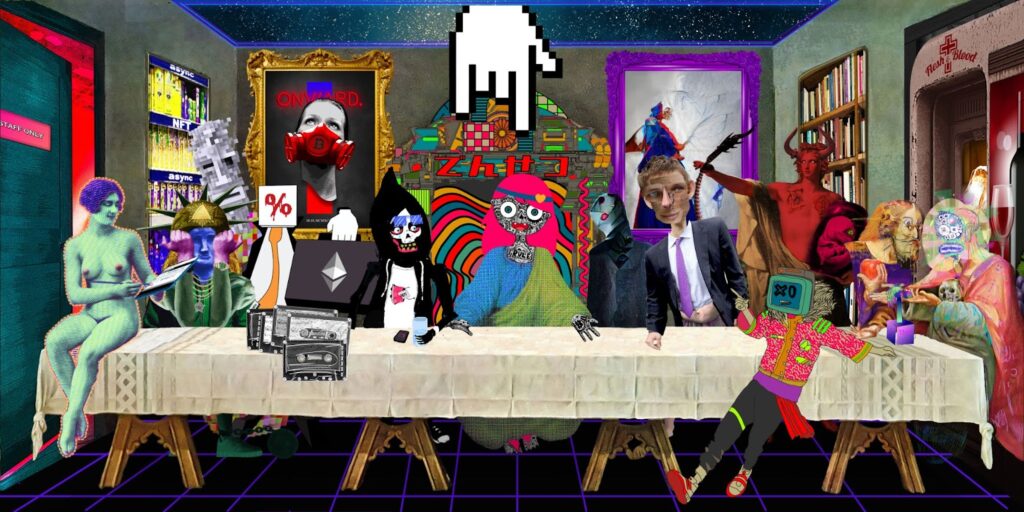
It was in 2017 when the first NFTs were introduced with the Ethereum blockchain ERC-721 token standard. Digital artists and creators from all over the world were given the possibility to tokenize their work, turning it into unique digital assets that could be easily traded on the blockchain.
Everyone, of course, got in a state of indescribable awe. Such a concept was groundbreaking back then: content creators got the opportunity to own digital items of completely different kinds and prove the authenticity and ownership of their work in a way that seemed to be completely transparent and secure. The storm clouds began to gather around the old-fashioned galleries and intermediaries since more and more people began to deem their services obsolete. Thus, the art world began to change.
Over the next few years, NFTs’ prevalence steadily expanded into music, virtual real estate, and video games. Some projects (CryptoKitties) allowed users to own and breed virtual cats that were more than just cats — each of them was represented as a unique NFT. Other projects (Larva Labs) raised incredible money by selling unique pixelated NFT avatars. That was truly a perfect time to turn memes into millions.
The Challenges of NFT 1.0
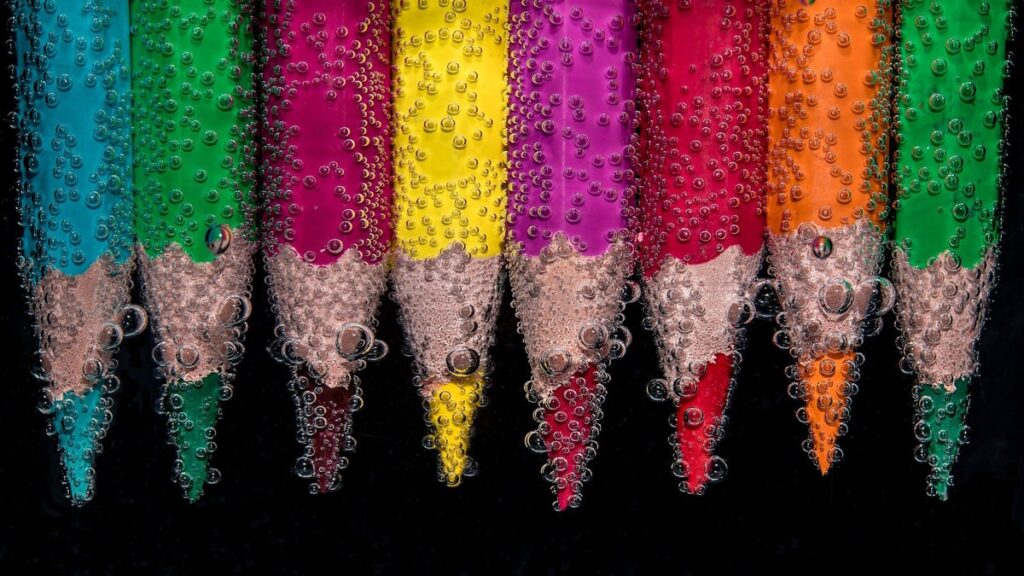
The amazing rise of NFT 1.0 began the era of a true digital revolution. Nevertheless, challenges and concerns were encountered, many of which were pretty complicated to overcome.
NFT 2.0: The Evolution Begins
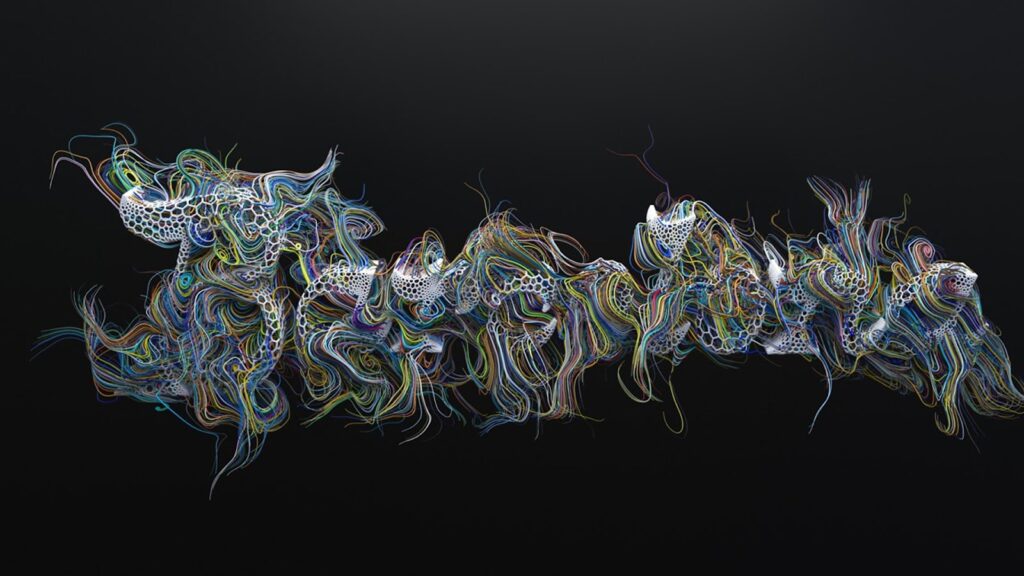
The next phase in the evolution of non-fungible tokens is represented by NFT 2.0. It implements everything good about NFT 1.0, addressing all the challenges that emerged during its era.
Environmental sustainability
Environmental sustainability is one of the most obvious improvements NFT 2.0 has over NFT 1.0. Commitment to eco-consciousness is at the forefront, marking the new era of digital ownership with a greatly reduced NFT environmental impact.
What makes NFT 2.0 more eco-friendly is the adoption of more efficient blockchain networks and consensus mechanisms. Ethereum, the primary platform for NFT 1.0, has transitioned to Ethereum 2.0, which leverages Proof-of-Stake (PoS) rather than the energy-intensive Proof-of-Work (PoW) mechanism. This shift dramatically reduces the energy consumption of minting NFTs and validating transactions. The obvious result is a significantly decreased carbon footprint of NFT transactions on Ethereum 2.0 compared to their NFT 1.0 counterparts.
NFT 2.0 has also marked the emergence of alternative blockchain platforms to existing ones designed with environmental sustainability in mind. These platforms operate on delegated proof-of-state consensus mechanisms that offer both creators of content and collectors completely eco-friendly options for creating and trading NFTs.
More than this, NFT 2.0 encourages responsible practices among artists and NFT marketplaces. Platforms are increasingly keen on decreasing the NFT environmental impact of their operations and are exploring ways to offset carbon emissions. Artists also tend to choose eco-friendly platforms that provide greater sustainability, thus doing more to save the planet when tokenizing their work.
Utility
Unlike NFTs 1.0, which often existed in isolation, NFT 2.0 is all about NFT interoperability and utility — these NFTs are designed to be as versatile as possible.
Today, NFTs can represent ownership in decentralized autonomous organizations: you can own an NFT that grants you voting rights in a virtual collective that decides which artworks to acquire and display. That is more than mere ownership — NFT holders can actively participate in the creative process.
More than this, NFTs today can represent access rights to virtual events: NFT artists and event organizers can simply tokenize tickets to grant NFT holders exclusive access. That enhances the real-world utility of non-fungible tokens, making them more valuable overall.
Speaking of NFT interoperability, NFTs 2.0 exists seamlessly between ecosystems, encouraging collaboration and creativity across blockchain communities.
Enhanced copyright protection
NFT 2.0 began a new era of enhanced copyright protection, addressing the critical challenges artists and creators faced in the NFT 1.0 landscape. The evolution of NFTs introduces unique mechanisms to protect the intellectual property rights of content creators, offering a more transparent and secure environment.
One of the most outstanding features of NFT 2.0 is the integration of smart contracts into the tokenization operations: self-executing contracts with predefined rules and conditions can now work within NFTs, greatly enhancing copyright protection. Smart contracts enable automatic royalty payments to content creators whenever their NFTs are resold in the secondary market. Such innovation ensures that NFT artists continue to profit from their work’s appreciation.
NFT 2.0 also leverages the invariability of blockchain technology to maintain a record of ownership that is impossible to fake and is completely transparent at the same time. Everyone can track the history of their NFTs to confirm their authenticity: such a feature dramatically strengthens copyright protection by providing evidence of ownership and simplifying the process of resolving any possible disputes. It also allows creators to timestamp their works to provide evidence of creation and ownership, thus creating an instrument of advanced copyright protection.
Another outstanding copyright protection feature of NFT 2.0 is the emergence of digital watermarking technologies. It means that artists can embed hidden, unique markers within their digital works. Thus, if NFT is ever challenged in a copyright dispute, it can be backed up with irrefutable evidence of its authenticity that was carefully hidden inside it when it was created.
Gamification and virtual worlds
NFT 2.0 brings an incredibly entertaining dimension to the world of gamification and virtual environments, enhancing interactive and immersive experiences for users. This evolution of non-fungible tokens turns them into integral components of virtual worlds, enriching and brightening them considerably.
________________________________
You might also be interested:
________________________________
NFT 2.0 takes gamification to a new level by allowing NFTs to represent in-game assets and items. Gamers can now own, trade, and use NFTs as unique in-game characters, weapons, or accessories. These digital assets can have real-world value and scarcity, creating dynamic player-driven economies in virtual games. Whether it’s a one-of-a-kind sword, a rare character skin, or a limited-edition vehicle, NFTs enhance the gaming experience by making each item unique.
NFT 2.0 is expanding its reach into virtual worlds, where users can own, develop, and monetize virtual properties represented as NFTs. These virtual lands and structures are not just for show; they offer endless opportunities for business, events, and social interaction. Virtual real estate markets allow users to buy and sell NFT-based land, and artists and entrepreneurs can create and customize virtual spaces for crypto art exhibitions, concerts, conferences, and more.
Moreover, NFTs are becoming essential for access to exclusive virtual events and experiences. NFT owners can gain access to concerts, meetups, and other exciting events in the Metaverse. Integrating NFTs into virtual worlds adds scarcity, exclusivity, and utility to the tokens, creating an ecosystem where digital ownership and virtual experiences seamlessly blend. NFT 2.0’s support for gamification and virtual worlds takes these digital assets beyond collectibles, making them important elements in the evolving landscape of digital entertainment and online communities.
NFTs in the Metaverse
NFT 2.0 is deeply connected to the emerging concept of the Metaverse, a vast digital universe where NFTs play a central role in shaping virtual experiences, economies, and identities. The Metaverse represents a new paradigm in which NFTs serve as the foundation for digital ownership, self-expression, and interaction on an unprecedented scale.
In the Metaverse, NFTs play a key role in establishing digital identities. Users can own NFT-based avatars that reflect their personality and interests. These avatars serve as extensions of the digital self, enabling unique appearances and expressions in virtual spaces. As a result, NFTs enable a more immersive and authentic way to interact with others within the Metaverse.
Additionally, virtual real estate within the Metaverse is being bought and sold as NFTs, creating a thriving market for virtual properties. NFT owners can build, grow, and monetize their virtual lands, fostering a vibrant ecosystem of virtual businesses, entertainment venues, and social hubs. This real estate adds economic value to NFTs and facilitates the creation of virtual communities and events, further enhancing the metaverse experience.
NFT 2.0’s involvement in the Metaverse extends to art galleries, concert halls, and other virtual spaces. Artists can display their NFT-based works in virtual galleries, where users can explore and enjoy digital art in immersive environments. Musicians and artists can host virtual concerts and events, with access granted through NFT ownership.
In summary, NFT 2.0 has become an important part of the Metaverse, where it defines digital identity, drives virtual economies, and changes how we experience art, entertainment, and social interactions in the digital world. As the Metaverse continues to evolve, NFTs will play an important role in defining the future of digital culture and ownership within this amazing virtual universe.
The Future of NFT 2.0
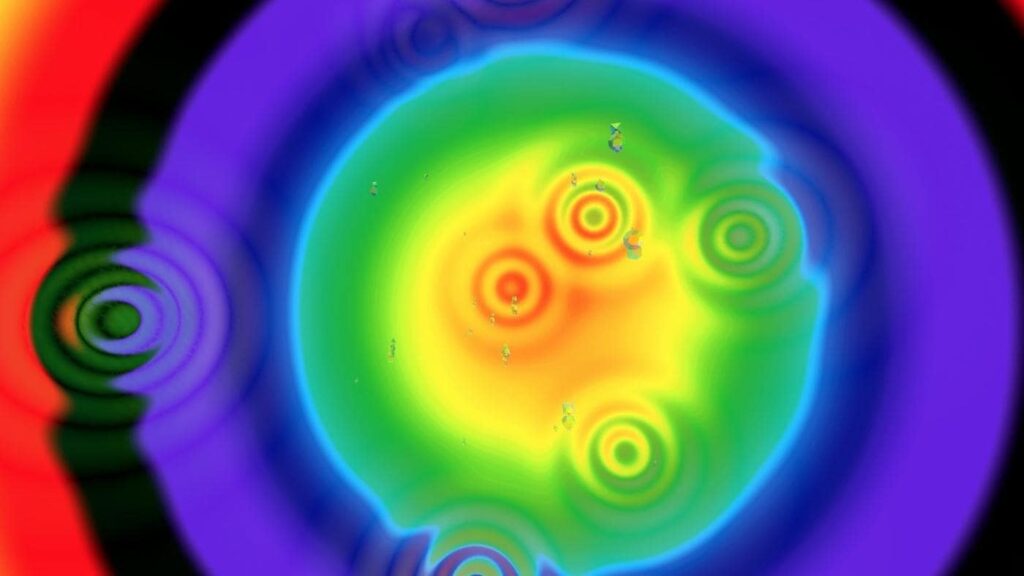
As we explore the world of NFT 2.0, it becomes clear that the potential for non-fungible tokens is enormous and continues to grow. From environmental sustainability to increased utility, smart loyalty, and gamification, NFTs have become a multi-faceted digital asset class.
The Metaverse, which promises immersive virtual experiences, could be an ideal playground for NFTs. It’s not just about owning digital assets. We are discussing the formation of virtual worlds and the creation of new forms of digital culture.
But the problem remains. Regulation is an ongoing issue as governments seek to determine how to tax and monitor NFT transactions. Security is also a concern, as the digital world is full of scams and hacking attempts.
Ultimately, the success of NFT 2.0 will depend on a balance between innovation and responsibility. As NFTs continue to change how we think about digital ownership and culture, the NFT technology must benefit artists, creators, and NFT collectors while minimizing its negative impacts.
In conclusion, NFT 2.0 represents a new dawn for non-fungible tokens. Focused on sustainability, utility, and interoperability, NFTs are no longer limited to digital collectibles. They form the foundation of the digital economy, drive innovation, and change how we think about art, entertainment, and the virtual world.
As you explore the ever-expanding world of NFTs, you are witnessing a revolution that goes far beyond the digital art craze of NFT 1.0. The NFT future is bright, and the possibilities are endless in this exciting new era of ownership and creativity.
Conclusion
The changes between NFT 1.0 and NFT 2.0 are extremely significant. They can be defined as a digital revolution that has reshaped how people understand ownership and creativity and set new challenges and opportunities for content creators worldwide.
No matter how dynamic the landscape may seem, one thing is certain: NFTs will keep reshaping the world as we know it. They will create more opportunities for artists to monetize their work, for NFT collectors to acquire unique digital assets, and for everyone else to engage with digital culture in ways that were never experienced before. NFT 2.0 represents a shift in the digital economy that is so significant that the consequences are difficult to even imagine.
So, whether you’re a digital artist looking to tokenize your work, a collector looking to own a piece of the Metaverse, or just an observer of this digital revolution, the era of NFT 2.0 offers a glimpse into a future of digital ownership and creativity. As artists and collectors embark on this exciting journey, let’s remember that we are witnessing the dawn of a new era where innovation and imagination reign supreme in the world of non-fungible tokens. Welcome to the future of digital property — welcome to NFT 2.0.
